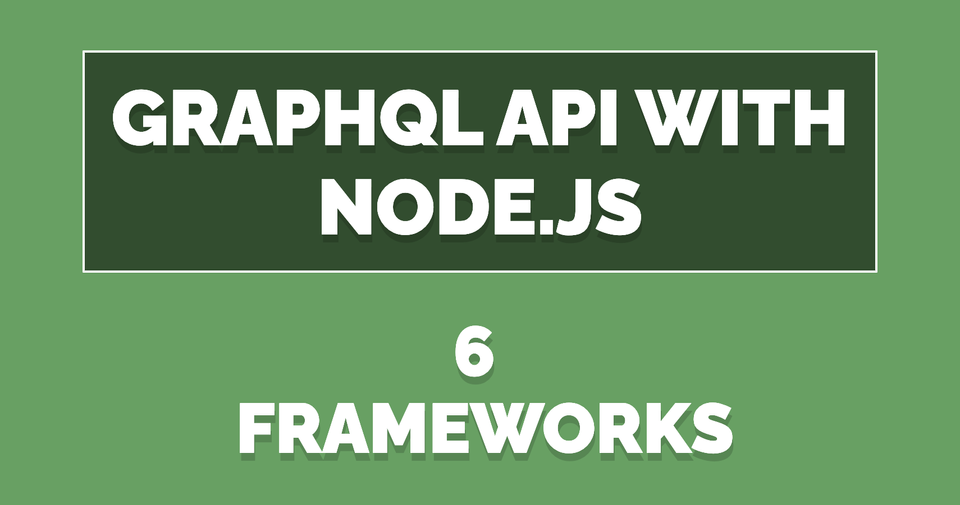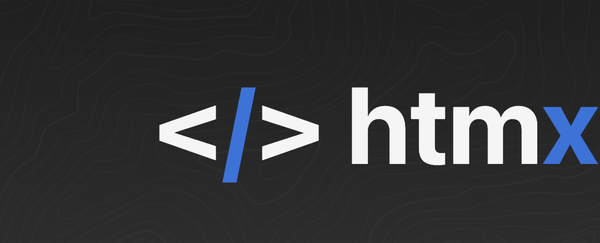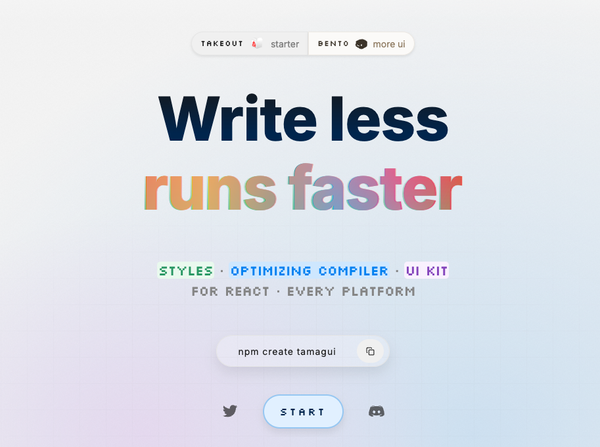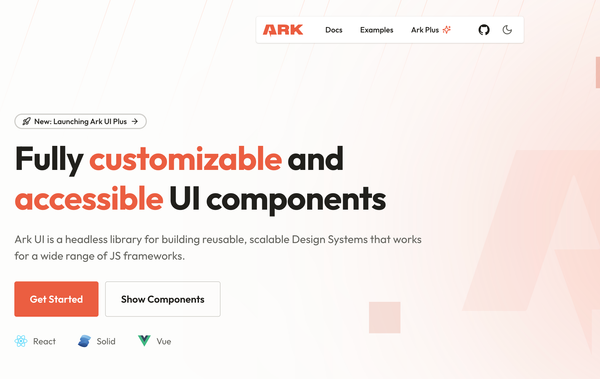Boost Your API Development: 6 Open-source Node.js Frameworks for GraphQL
Table of Content
GraphQL is a query language for your API and a runtime for executing those queries by your server. It was developed by Facebook in 2012 and released as an open-source project in 2015. GraphQL provides a more efficient, powerful, and flexible alternative to the traditional REST API.
Primary Features of GraphQL
- Declarative Data Fetching:
- With GraphQL, clients can request exactly the data they need and nothing more. This reduces over-fetching or under-fetching of data, which is a common problem in REST APIs.
- Single Endpoint:
- GraphQL APIs typically expose a single endpoint. Instead of having multiple endpoints for different resources, clients send queries to this single endpoint to retrieve the required data.
- Strongly Typed Schema:
- GraphQL APIs are defined by a schema that explicitly describes the types of data that can be queried. This schema is strongly typed and serves as a contract between the client and server, providing clear documentation.
- Nested and Batched Queries:
- GraphQL allows clients to request nested data structures, reducing the need for multiple round-trips to the server. Additionally, clients can batch multiple queries into a single request, improving network efficiency.
- Real-time Capabilities:
- GraphQL can support real-time data with subscriptions. Clients can subscribe to specific events and receive updates when data changes, enabling live updates in applications.
- Introspection:
- GraphQL provides introspection capabilities, allowing clients to query the schema itself. This makes it easy to generate documentation and perform auto-completion and validation in development tools.
Benefits of GraphQL
- Efficiency:
- GraphQL reduces over-fetching and under-fetching of data, optimizing network usage and improving application performance.
- Flexibility:
- Clients have the flexibility to request only the fields they need, making it easier to adapt to changing client requirements without API changes.
- Strongly Typed:
- GraphQL's strongly typed schema provides clear and reliable data validation and documentation, reducing the chances of runtime errors.
- Single Endpoint:
- A single endpoint simplifies API requests and responses, making it easier to manage and secure.
- Developer Experience:
- GraphQL's self-documenting nature and introspection tools improve developer experience by providing clear API documentation and auto-completion in development environments.
- Real-time Updates:
- GraphQL supports real-time updates through subscriptions, enabling the development of interactive and dynamic applications.
- Reduced Over-fetching:
- Since clients specify their data requirements, there is no over-fetching of unused data, which is common in REST APIs.
- Versionless APIs:
- GraphQL APIs are inherently versionless, as changes to the schema do not impact existing clients. Deprecated fields can be marked as such, and clients can migrate at their own pace.
Overall, GraphQL provides a more efficient and flexible way to interact with APIs, empowering clients to request the data they need while simplifying server development and maintenance. Its ability to handle real-time data, reduce network overhead, and enhance developer productivity makes it a compelling choice for modern API development.
Best options to Build GraphQL API with Node.js!
Building a GraphQL API with Node.js can be accomplished using various open-source frameworks and libraries. Each framework has its own set of pros and cons.
Here's a list of some popular options:
1- Apollo Server
Apollo Server is an open-source Node.js framework for building GraphQL APIs. It provides a robust and flexible platform for creating GraphQL servers with features such as schema stitching, subscriptions, and built-in support for data sources and resolvers.
Apollo Server is widely used in the GraphQL community and offers excellent documentation and community support.
Pros
- Excellent documentation and community support.
- Integrates seamlessly with Apollo Client for a full-stack GraphQL solution.
- Provides tools for data caching, real-time updates, and error handling.
- Supports various data sources, including REST, databases, and more.
- Easily extensible through middleware and plugins.
Cons
- Some learning curve, especially for beginners.
- A large ecosystem may feel overwhelming for smaller projects.
- Requires careful configuration for optimizing performance.
2- Express GraphQL
Another popular open-source Node.js framework for GraphQL is Express GraphQL. It is built on top of Express.js and provides a simple and intuitive way to create GraphQL APIs. Express GraphQL offers features like automatic resolver generation, query batching, and error handling. It is widely adopted and has a vibrant community.
Pros
- Built on top of the popular Express.js framework.
- Offers a simple and straightforward setup for GraphQL.
- Allows you to leverage existing Express middleware.
- Suitable for projects that already use Express.
Cons
- Lacks some advanced features and tools found in Apollo Server.
- Limited built-in support for real-time functionality.
3- Nexus + Prisma:
Nexus + Prisma is a powerful combination for building GraphQL APIs. Nexus is a code-first GraphQL schema construction library that allows you to define your schema using a strongly-typed API in TypeScript or JavaScript. It provides a declarative and intuitive way to define your GraphQL types, queries, mutations, and subscriptions.
Prisma, on the other hand, is an open-source database toolkit and ORM that simplifies database access and manipulation. It offers a type-safe database client, automatic migrations, and powerful query building capabilities. With Prisma, you can easily connect your GraphQL API to various databases and perform efficient data fetching and manipulation.
The benefits of using Nexus + Prisma for building GraphQL APIs include:
- Type safety: Nexus and Prisma both provide strong typing, allowing you to catch errors early and ensure data consistency throughout your application.
- Productivity: The combination of Nexus and Prisma enables you to quickly scaffold and iterate on your GraphQL API. With automatic schema generation and powerful query building capabilities, you can focus on building features instead of boilerplate code.
- Performance: Prisma's query engine optimizes database queries, resulting in efficient and performant data fetching. This, coupled with Nexus's generated resolvers, helps ensure fast and scalable GraphQL APIs.
- Community and ecosystem: Both Nexus and Prisma have active and growing communities. This means you can benefit from community-contributed plugins, extensions, and best practices, making it easier to build and maintain your GraphQL APIs.
Pros
- Strongly typed GraphQL schema generation using TypeScript.
- Integrates seamlessly with Prisma for database access.
- Great developer experience with auto-generated TypeScript types.
- Code-first approach allows for easy refactoring and maintenance.
Cons
- Narrower focus compared to full-stack solutions like Apollo.
- Prisma might have a learning curve for those new to it.
- Limited real-time capabilities without additional setup.
4- Strapi
Strapi is an open-source Node.js headless CMS (Content Management System) that provides an admin panel and RESTful API for managing content. While Strapi itself does not natively support GraphQL, it can be used in combination with other tools and frameworks to create a GraphQL API.
If you specifically want to use GraphQL for your API, there are other frameworks like Apollo Server, Express GraphQL, and Nexus + Prisma that are more commonly used and have better support for GraphQL development. These frameworks provide additional features and tools specifically designed for building GraphQL APIs. However, if you are already familiar with Strapi and prefer to use it as your headless CMS, you can still integrate it with GraphQL using plugins or by manually implementing the necessary GraphQL endpoints.
Pros
- A complete headless CMS with GraphQL support.
- Provides an admin panel for content management.
- User authentication and permission systems built-in.
- Suitable for building content-driven applications rapidly.
Cons
- May be overkill for projects not requiring a CMS.
- Customization might be complex for highly specialized needs.
- Less flexibility compared to some other frameworks.
5- Hapi.js with hapi-graphql
Hapi.js is a rich and flexible Node.js framework for building web applications. It provides a plugin system that allows you to easily extend its functionality. One of the plugins available for Hapi.js is hapi-graphql, which enables you to integrate GraphQL into your Hapi.js application.
hapi-graphql is a good option for building GraphQL APIs with Hapi.js. It provides seamless integration with Hapi.js, allowing you to define your GraphQL schema, resolvers, and other GraphQL-specific configurations within your Hapi.js server. hapi-graphql also offers features like query validation, error handling, and caching, making it a comprehensive solution for GraphQL API development with Hapi.js.
While there are other popular frameworks like Apollo Server, Express GraphQL, and Nexus + Prisma that are widely used for GraphQL API development, hapi-graphql provides a solid option if you are already using Hapi.js as your web framework of choice. It allows you to leverage the features and benefits of Hapi.js while building GraphQL APIs.
Pros
- Hapi.js is known for its robust plugin system.
- Suitable for developers already familiar with Hapi.js.
- Decent performance and scalability.
Cons
- Smaller community compared to Express and Koa.
- GraphQL support is provided through third-party plugins.
- Less tooling and features compared to Apollo Server.
6- Koa with koa-graphql
Koa.js is a lightweight and flexible Node.js framework for building web applications. It provides a minimalistic and modular approach to web development, allowing developers to have more control over their application's middleware stack.
Koa.js with koa-graphql can be used for GraphQL development, but other frameworks like Apollo Server, Express GraphQL, and Nexus + Prisma are more commonly used and offer better support for building GraphQL APIs. Consider your specific requirements and familiarity with Koa.js when choosing a framework.
Pros
- Koa is known for its lightweight and modular design.
- Suitable for developers who prefer minimalist frameworks.
- Supports async/await natively.
Cons
- Smaller ecosystem compared to Express and Hapi.js.
- GraphQL support is provided through third-party plugins.
- Requires more manual configuration compared to some other frameworks.
Each of these frameworks has its strengths and weaknesses, and the choice depends on your project's specific requirements and your team's familiarity with the technology stack. It's essential to evaluate them based on factors such as ease of use, performance, scalability, and community support before making a decision.











